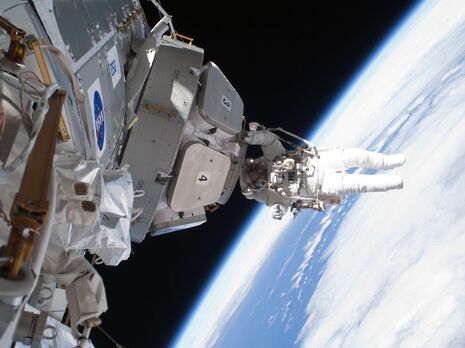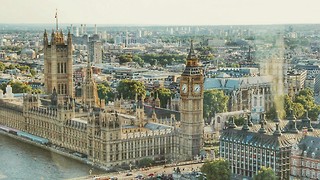Green space: plants in zero gravity
NASA investigates the psychological effects of being around plants

NASA is looking to increase the production of crop-plant gardens on the International Space Station (ISS) in order to investigate possibilities for both future station management and missions that delve further into space than man has ever gone before. It is well established that a green environment gives us a more favourable mental state, but do we really know the extent to which plants enhance our health?
The first seed-to-seed cultivation of plants in space was achieved on the Russian space station Mir in 1997, and ever since there has existed a space garden in which crop experiments have been carried out. The most recent is NASA’s Veggie Hardware Validation Test (Veg-01) aboard the ISS, which is set to end in September 2015, with the aim of investigating both how well seeds can be grown in microgravity conditions and how well-established crew procedures for cultivation and sanitisation are in this abnormal environment. NASA is keen to maintain such a space garden and is reportedly investing in graduate teams, such as at the University of Colorado Boulder, to develop new bioastronautics technologies such as the Smart Pot, which maintains its soil environment to provide optimum growth conditions for growth.
Researchers say that the time when the cost of sending the tools for managing space gardens to the ISS will be cheaper than sending food itself (due to the rapidly declining mass and volume of the equipment) is fast approaching. Space agencies around the world have stated that the maintenance of a renewable and fresh food source is crucial to missions aimed at Mars and beyond.
There was a final objective listed on NASA’s mission briefing for Veg-01: to “assess crew psychological benefits of plant growth”. NASA is onto something here, as astronauts have expressed their desire for more green spaces on the station and mentioned that gardening was refreshing. Although the jury is out in terms of results with Veg-01, the long-proposed hypothesis of biophilia (referring to humans’ bond with plants and other life forms) has a strong base of evidence supporting it. In 2014, researchers Gray and Birrell found that ‘biophilic-designed’ workplaces in Australia (with abundant green spaces) enhanced worker performance and reduced stress-levels, and the ancient Japanese practice of ‘Shinrin Yoku’ (or forest walking) has been proven to reduce blood pressure and levels of cortisol (a neurochemical involved in stress).
Although there is still much to learn about the psychological effects of being around plants, initial findings are positive, and NASA already has nutritional and economical motives for utilising space gardens. If you’re feeling stressed in Cambridge, perhaps try to visit the botanical gardens, or at least hang a poster of something green on your wall.
 Comment / Anti-trans societies won’t make women safer14 November 2025
Comment / Anti-trans societies won’t make women safer14 November 2025 News / Controversial women’s society receives over £13,000 in donations14 November 2025
News / Controversial women’s society receives over £13,000 in donations14 November 2025 News / John’s rakes in £110k in movie moolah14 November 2025
News / John’s rakes in £110k in movie moolah14 November 2025 Fashion / You smell really boring 13 November 2025
Fashion / You smell really boring 13 November 2025 Music / Three underated evensongs you need to visit14 November 2025
Music / Three underated evensongs you need to visit14 November 2025









